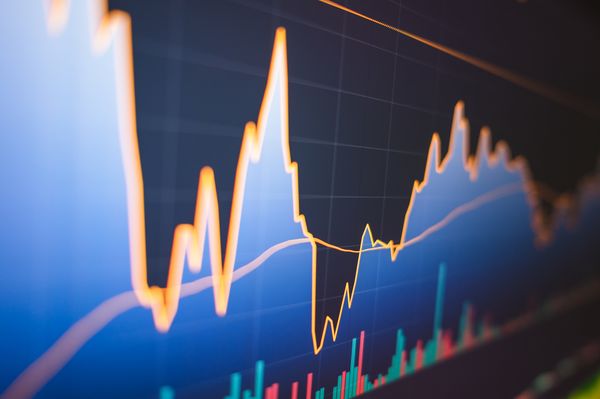
The latest government report on inflation in the United States has shown a further cooling in December, indicating a positive trend for the economy. With the Federal Reserve's preferred inflation gauge rising just 0.2% from November to December, the pace remains consistent with pre-pandemic levels. This figure is also barely above the Fed's annual target of 2%. Year-on-year, prices increased by 2.6%. When excluding volatile food and energy costs, core prices rose just 0.2% from month to month and 2.9% from a year earlier, marking the smallest increase in core prices since March 2021. Economists typically consider core prices as a more accurate gauge of inflation.
The latest data suggests that the U.S. economy is experiencing a 'soft landing,' whereby inflation falls back to the Federal Reserve's target without a recession. This outcome could make it easier for the Fed to consider cutting its key interest rate, which was raised 11 times since March 2022 to tackle inflation. Higher interest rates have adversely affected the housing and auto industries by raising borrowing costs. Businesses have also faced challenges due to increased borrowing expenses.
Interestingly, the report follows another positive development for the U.S. economy. A government report released on Thursday showed that the economy expanded at a surprisingly robust 3.3% annual pace in the final quarter of 2023. Solid consumer spending has been a major contributor to this growth, defying earlier predictions of an impending recession. In fact, the economy grew by 2.5% in 2023, up from 1.9% in the previous year.



Critics of President Joe Biden have often highlighted the significant spike in inflation experienced in 2023, often attributing it to the president's spending policies. However, with inflation now dropping significantly and consumer sentiment improving, Americans are showing signs of feeling more positive about the economy. For instance, a measure of consumer confidence by the University of Michigan has registered the largest jump in the past two months since 1991.
Examining the details of the report, it becomes evident that inflation is under control. Over the past six months, prices have only risen by 1.9%, which is actually below the Fed's 2% target. Moreover, the figure drops even further to 1.5% when considering the past three months.
The report also reveals notable trends in specific sectors. After nearly two years of sharp increases, grocery prices remained unchanged in December and were only 1.3% higher than a year earlier. Additionally, chicken prices decreased by 0.4% from November to December, with an increase of 1.2% compared to the previous year. Conversely, beef and veal prices rose by 0.3% in December and continue to be 8.7% higher than a year ago.
This report arrives just a week before the Federal Reserve's upcoming policy meeting. While it is widely expected that the central bank will keep interest rates unchanged, market attention will be focused on Chair Jerome Powell's news conference for hints about when rate cuts may occur.
Lydia Boussour, a senior economist at consulting firm EY, suggests that the Federal Reserve will view the inflation data positively, indicating that inflation is on track and the central bank is well-positioned to begin cutting rates in a few months.
Furthermore, the report indicates that consumers significantly increased their purchases in December, with spending showing a 0.7% rise from November – the largest gain since September. Incomes rose by 0.3%, but only 0.1% after adjusting for inflation.
In December, Federal Reserve policymakers projected three quarter-point rate cuts for this year. However, they provided little indication of when the first rate cut might occur. Some traders on Wall Street had previously bet on a rate cut in March. Notably, several Fed officials have expressed caution regarding assumptions of rate cuts. Christopher Waller, a prominent figure on the Fed's Board of Governors, recently stated that inflation is likely to return to the Fed's 2% goal. However, he advised that any decision to cut rates should be made carefully and not rushed, leading to a widely interpreted downgrading of the likelihood of a March rate cut.
Many economists credit the Federal Reserve's aggressive rate hikes in cooling demand and helping slow inflation. The benchmark rate has risen from near zero to approximately 5.4% after the most recent hike in July. Conversely, rate cuts by the Fed would ultimately lead to lower borrowing costs for consumers and businesses.
It is worth noting that the December price data in this report showed lower inflation than the most recent consumer price index released earlier this month, which recorded inflation at 3.4% for December. The Consumer Price Index (CPI) typically shows higher inflation than the Fed's preferred measure, in part due to its emphasis on housing and rental prices, which tend to be higher than prices for other goods and services.
Throughout 2023, inflation steadily declined as global supply chains recovered from pandemic-related disruptions, and more Americans entered the job market, leading to a slowing of wage growth. Slower wage growth reduces pressure on businesses to increase prices to offset higher labor costs. According to the Fed's preferred measure, inflation peaked at 7.1% in June 2022.










